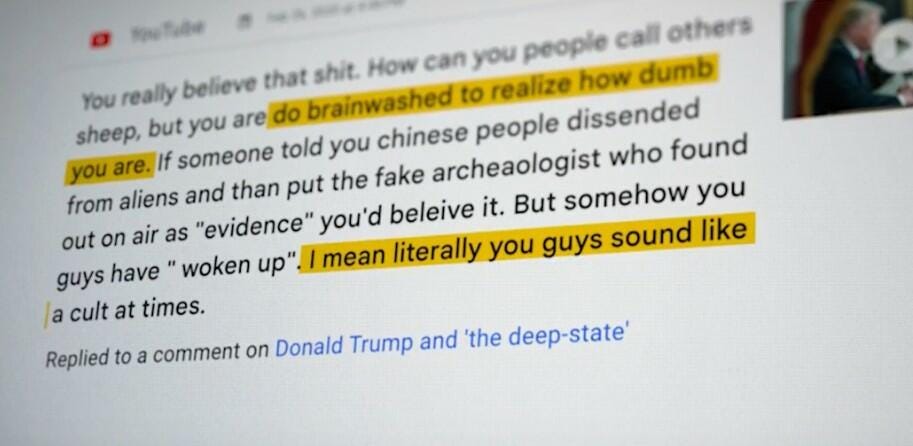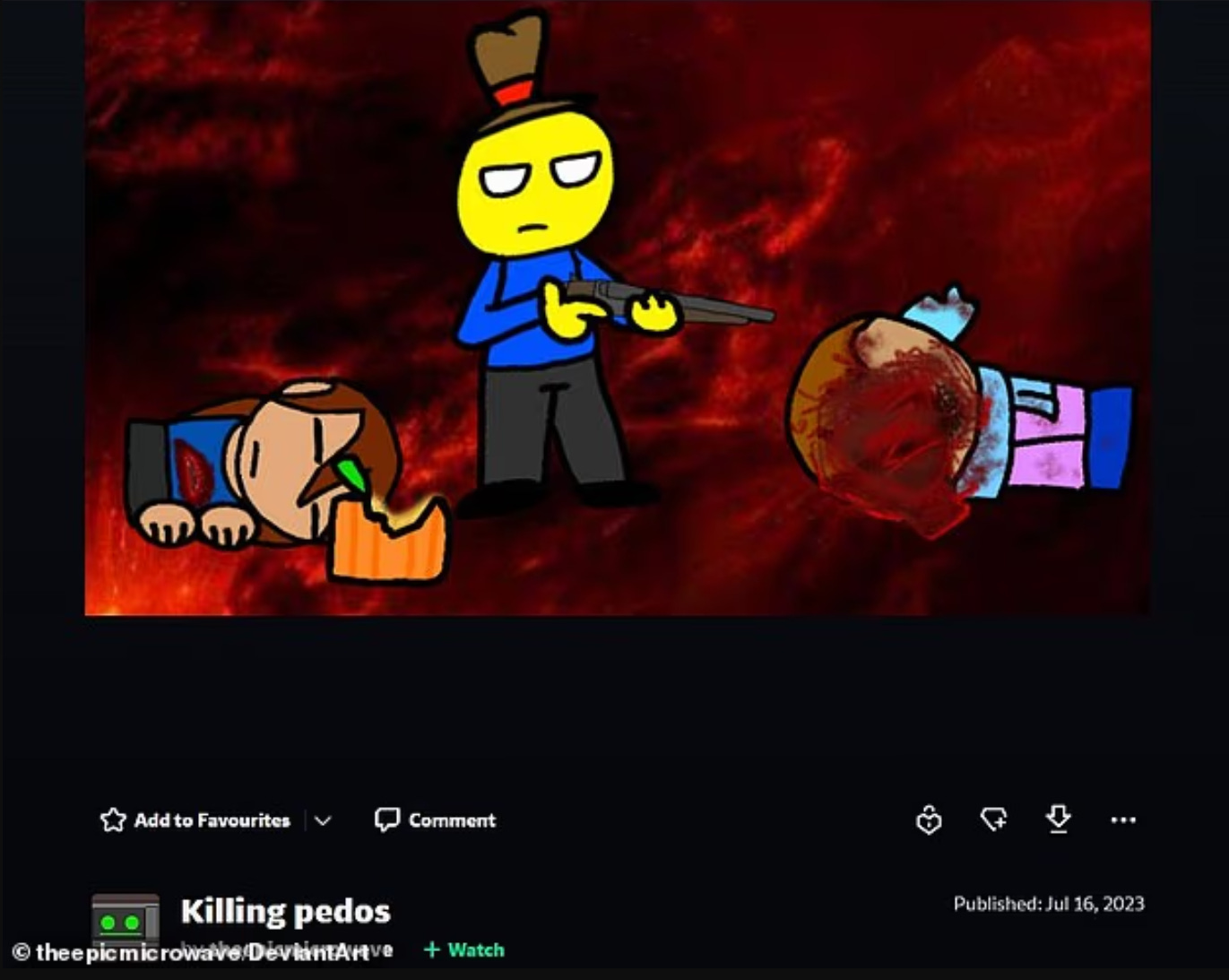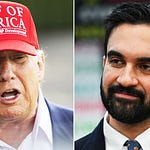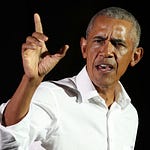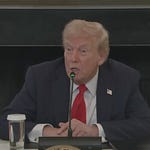Sixteen months after Thomas Crooks nearly assassinated Donald Trump in Butler, Pennsylvania, the truth that federal authorities concealed is finally spilling into public view.
His violent artwork, extremist comments, radical political shift, strange online influences, and the FBI’s deliberate withholding of evidence point to something far darker than the official narrative.
What emerges is not only the portrait of a deeply disturbed young man—but of a federal apparatus that appears determined to keep the full story buried.
For more than a year, the FBI and Secret Service have insisted there was “no clear motive,” “no ideological footprint,” and “no meaningful digital trail” behind the would‑be assassin who came within inches of killing Donald Trump at a July 2024 rally. Those claims have now collapsed.
New reporting from the Daily Mail, the New York Post’s Miranda Devine, Tucker Carlson’s documentary investigation, and a growing number of congressional sources reveals that Crooks was anything but invisible. He left a sprawling public record of violent fantasies, political extremism, identity obsession, and escalating anger—all under his own name. Much of it was scrubbed after the attack. None of it was disclosed by the federal government.
The images recovered from Crooks’ DeviantArt accounts alone dismantle the official narrative. Using the handles “epicmicrowave” and “theepicmicrowave,” Crooks posted disturbing original drawings—characters being shot in the face, executed on the ground, beaten with metal pipes, bleeding from massive head wounds. One image was explicitly titled “k*lling p*dos.”
The accounts used they/them pronouns and showed heavy involvement in furry fetish communities, including fixation on cartoon hybrids with male bodies and female heads. This was not a stable person quietly living in the shadows. This was someone broadcasting violent delusions in the open.
Carlson’s reporting goes further, establishing beyond doubt that Crooks also maintained extensive activity on YouTube, where he left 737 public comments between 2019 and 2020—comments that included explicit threats of political violence, praise for assassinations, instructions for terror tactics, and eventually a complete ideological reversal.
According to the recovered data, Crooks spent two years obsessively searching Trump’s name, consuming political content, and researching everything from mass shootings to explosives, Jack Ruby, the Dallas sniper attack, Nazi propaganda, and the “best places” for mass casualties. He was not hiding. He was waving red flags the size of billboards.
Yet the FBI told Congress that they found “nothing significant.”
Crooks’ political evolution is one of the most damning pieces of the story. In 2019, he was a fanatical Trump supporter, leaving comments calling for Democrats and immigrants to be executed and referring to Trump as “the literal definition of patriotism.”
But in early 2020 he flipped sharply—attacking Trump as stupid, calling supporters a cult, endorsing lockdown extremism, and accusing Fox News hosts of lying. His rhetoric became unhinged, particularly in the spring and summer of 2020, when he began praising terrorism as a valid political tool. In August of that year, he openly advocated sneaking bombs into government buildings and assassinating political leaders. This was months of public, unambiguous escalation.
Thus, it now appears likely that Crooks was radicalized by the Fake News media. If Crooks believed in “k*lling p*dos,” then by 2023 he may have been under the delusion that Trump had a compromised relationship with Jeffrey Epstein. In fact, as we have learned these past few weeks, they were fierce enemies.
The FBI, however, claimed none of this existed. The bureau only made an extremely vague mention that Crooks may have been “anti-Semitic” and bigoted. That’s not transparency; that’s a cover-up. And it all happened during the 2024 campaign — another blatant example of the FBI’s politically motivated election interference.
Even stranger is Crooks’ interaction with an online user known as “Willy_Tepes,” linked to the Nordic Resistance Movement—a designated foreign terrorist organization. This individual encouraged Crooks’ violent thinking, quoted Mao approvingly, and spoke in the language of armed revolt. Shortly after these exchanges, Crooks disappeared from public posting altogether. Whether this was the result of outside contact—law enforcement, extremist recruiters, or something else—remains unknown. Federal authorities have avoided the subject entirely.
Miranda Devine’s latest reporting provides the most devastating indictment so far. According to her sources, the FBI and Secret Service “butchered” the investigation, omitted Crooks’ online history from briefings, misled Congress about his ideology, cremated his body the same day the House opened inquiries, and personally washed the crime scene with hoses rather than using independent forensic contractors. Critical surveillance footage from Crooks’ gun‑range sessions remains withheld.
Video from businesses and law enforcement around the rally site has not been released. Crooks’ eleven‑minute drone flight directly over Trump’s rally site—captured while the Secret Service anti‑drone system mysteriously malfunctioned—also remains hidden.
Local police identified Crooks as suspicious before the shooting and then somehow “lost track” of him. He later climbed onto the only building in the vicinity without security cameras—coincidentally outside the Secret Service perimeter—and opened fire.
The official explanation is that this is all a coincidence.
Meanwhile, Crooks’ entire social media presence was wiped within hours of the attack. Carlson’s team recovered it only because an anonymous source managed to access the accounts before deletion.
The FBI asked Tucker’s team if they could authenticate the accounts—despite the FBI already having Crooks’ devices, backups, and forensic extractions from his phone, computer, and international messaging accounts.
And as always, when federal misconduct becomes too obvious, the public receives the familiar line: “ongoing investigation.”
This secrecy is part of a much broader institutional rot that Americans have witnessed in every major scandal involving politically sensitive actors. The JFK files were partially hidden after six decades. The Epstein files were buried until Congress forced the House vote. Intelligence agencies were caught suppressing the Hunter Biden laptop. And generations of Americans have watched bureaucratic agencies lie to Congress, stonewall subpoenas, and manipulate public perception with impunity.
Now, as new reporting connects Crooks’ psychological profile, identity obsessions, and extremist drift to similar traits seen in Tyler Robinson—the killer who murdered Charlie Kirk—questions of broader patterns are emerging.
TPUSA officials say the parallel is too strong to ignore. Robinson’s roommate was his transgender partner, both involved in furry identity culture. Crooks’ online communities mirrored that world almost exactly. Both attackers showed severe instability, immersion in fringe identity subcultures, and a progression toward violent ideation that should have triggered obvious intervention.
Instead, both slipped through the cracks—or were allowed to.
Sixteen months after the attack, the public still does not know how Crooks accessed the rooftop, how he built remote‑detonated explosives, why security perimeters failed, or why the agency entrusted with protecting presidents refuses to release the most basic evidence. What Americans do know—thanks to independent reporters and whistleblowers—is that the official story doesn’t add up. Not remotely.
The mystery surrounding Crooks is not the mystery of a lone deranged gunman. It is the mystery of how a deeply unstable adolescent could broadcast violent fantasies for years, interact with extremists, threaten terrorism, draw gore, obsess over weapons, flip ideologies, study assassinations, and video‑record dry‑fire drills in his bedroom—while the FBI and Secret Service somehow found “nothing.”
Whether the truth points to incompetence, institutional embarrassment, bureaucratic self‑protection, or something far more serious, transparency is no longer optional.
This is not a trivial concern. A former president was nearly murdered. A man in the crowd was killed. Others were gravely wounded. And the federal agencies responsible for preventing political assassination have chosen concealment over clarity.
Americans deserve every document, every video, every message, every archived file, and every investigative record. No more redactions. No more excuses. No more delays. If the FBI and Secret Service want the public’s trust, they can start by telling the truth about Thomas Matthew Crooks.



